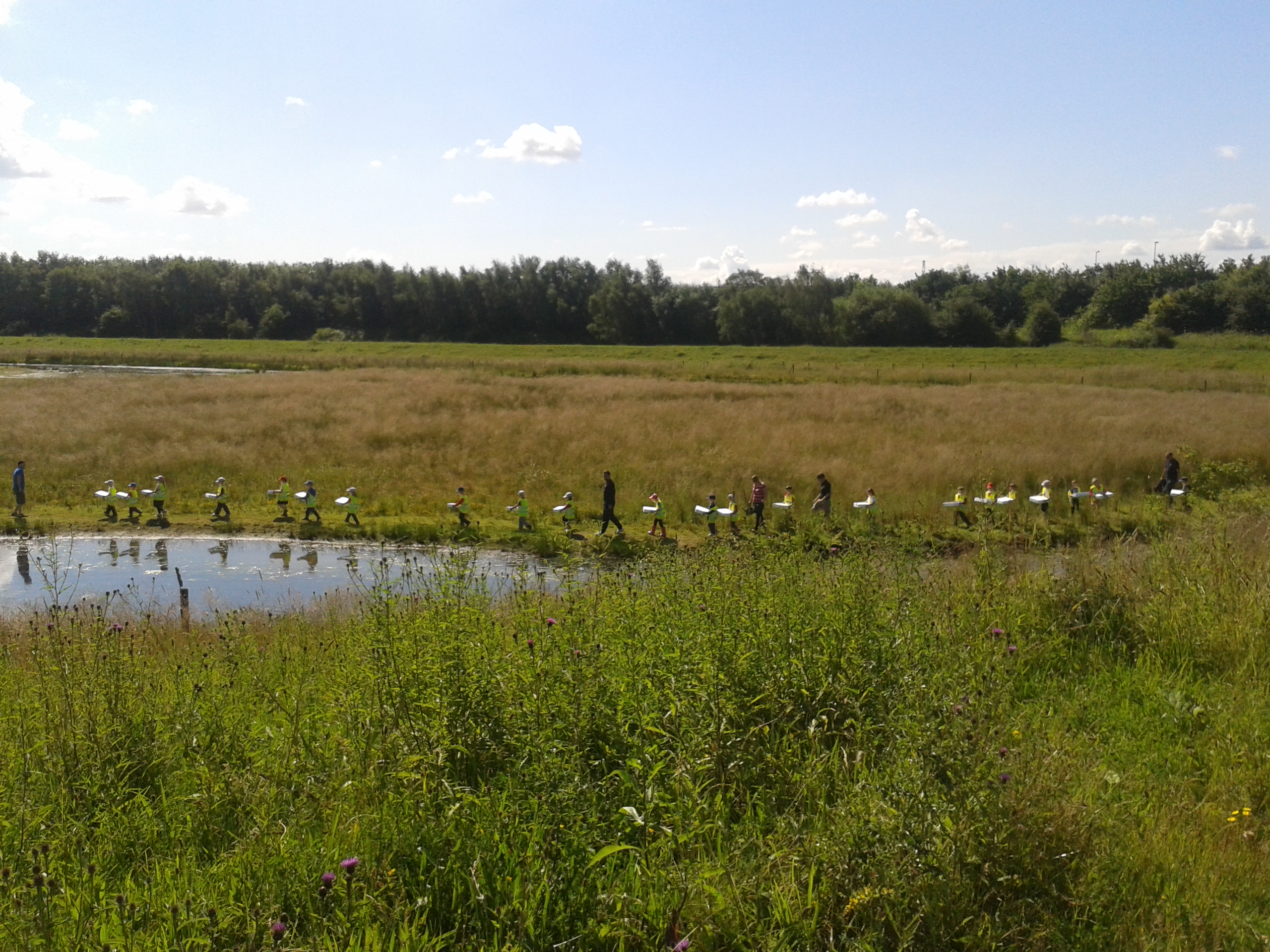European Eel
The Eurpoean Eel (Anguilla anguilla) was once prolific in the Don Catchment and was an important food source for wildlife and people alike. During the 10th – 17th Centuries people even used to pay their rent in eels. Sadly, pollution of the waterways and obstacles within the catchment caused eel numbers to plummet. DCRT with partners have worked to help them, and they are now returning to the catchment.

Lifecycle
European Eels have one of the most fascinating life-cycles on earth. Beginning life as larvae in the Sargasso sea, they make an amazing trans-Atlantic migration to the freshwater rivers of Europe, where they feed before returning to the sea to reproduce.
Eels undergo several changes in body shape, known as metamorphoses. They begin life as transparent, leaf-shaped larvae known as leptocephali which drift easily in the ocean currents. Once in coastal waters, they slim and become tiny, transparent eels known as glass eels or elvers, en masse, they move upstream climbing waterfalls and rock faces to get into the river system. They spend most of their lives in freshwater where they feed and are solitary, largely nocturnal fish that spend much of their time under rocks or in crevices.
During their time in freshwater, they are known to fishermen as ‘yellow eels’ because of their brown coloration and yellow bellies. Eels are highly dependent on environmental conditions such as temperature, tides and lunar phases. Many stages of their life-cycle occur during specific seasons and at particular stages in the lunar cycle.
As yellow eels, they can remain in freshwater for over 20 (and up to 40) years, before a final metamorphosis occurs; their scales change in texture and colour, becoming coppery or silver and their eyes enlarge and then on dark autumn nights, they migrate downstream and begin their long trans-Atlantic migration back to the spawning grounds. Their urge to migrate is so strong that they sometimes leave the water and slither over the land. During this journey, they cease to feed and their bodies concentrate entirely on producing eggs and sperm for reproduction. By the time they reach the spawning ground, the female eels are heavy with eggs. They produce small, buoyant eggs around 1mm in size, which are scattered in the water column.
Habitat
Eels can survive in almost any type of water, including salt, fresh, still or flowing. They live on the bottom of the water, under stones and in mud and crevices.
Diet
Eels mainly feed on invertebrates, such as insect larvae, although they will also feed on small fish. When travelling over land, they sometimes feed on earthworms.
Interesting eel facts
- The Victorians believed that they were spontaneously created.
- There is a Greek God in the shape of an eel.
- Pliny, the Roman historian and naturalist, thought elvers grew from horsehairs that were accidentally dropped into the water.
- Irish mythological beliefs also state that eels grow from horsehairs shed in water. Also, that they are able to reincarnate themselves and carry the souls of deceased family members. The goddess Morrigan could also appear as a fearsome eel.
- The Book of Kells depicts that eels are able to change their form, growing legs and walking on land. When returning to the sea they become eels again.
- In Samoan culture is the story of “Sina and the Eel”, tells of Sina who was renown for her beauty. The King of Fiji used magic to become an eel to swim to Sina’s village. However, Sina did not see the King but only an eel and believed he was a demon but eventually made him a pet. The King’s magic waned and became old and requested that Sina plant his head in the ground. From this grew the first coconut tree grew (a culturally significant plant within Samoan culture) and from it grew a fruit with two eyes and a mouth, the coconut. When you drink from a coconut, you are supposably in fact kissing an eel.
- In the story of “The Magic Eel of Melanesia”, Abaia is a huge eel who protects all life in lakes. If anyone attempted to harm what she considered to be her children, she would thrash her tail, making mud to hide them.
- Eels used to be kept as pets. The daughter of the Roman general and politician Mark Anthony, had pet eels which she placed jewellery on and fed by hand.
- Eels can climb waterfalls. Click here to watch a video.
Click here to look at the Sustainable Eel Group’s page
Elver stocking
To allow eels to use prime habitat on the River Dearne at RSPB reserve Old Moor, in the summer of 2010 the Trust secured funding to release 50,000 elvers into the protected wetlands in the Dearne Valley, with the hope that they will grow into eels and begin their journey back to the Sargasso Sea.
Whilst this hopefully helped secure the future of eels, the project would help other enigmatic species such as the Bittern (Botaurus stellaris) which now has a stronghold at RSPB Old Moor. Eels are an important food source to bitterns as eels form a large part of their diet.





